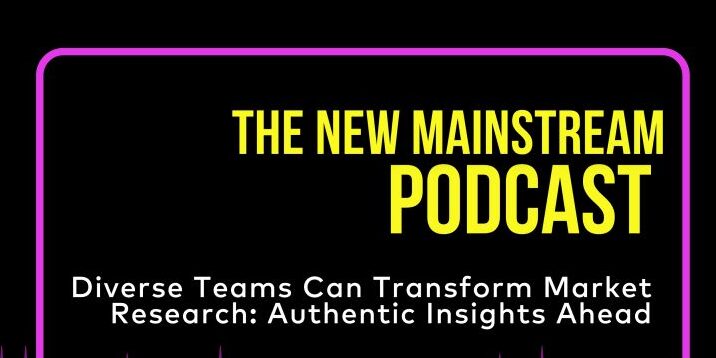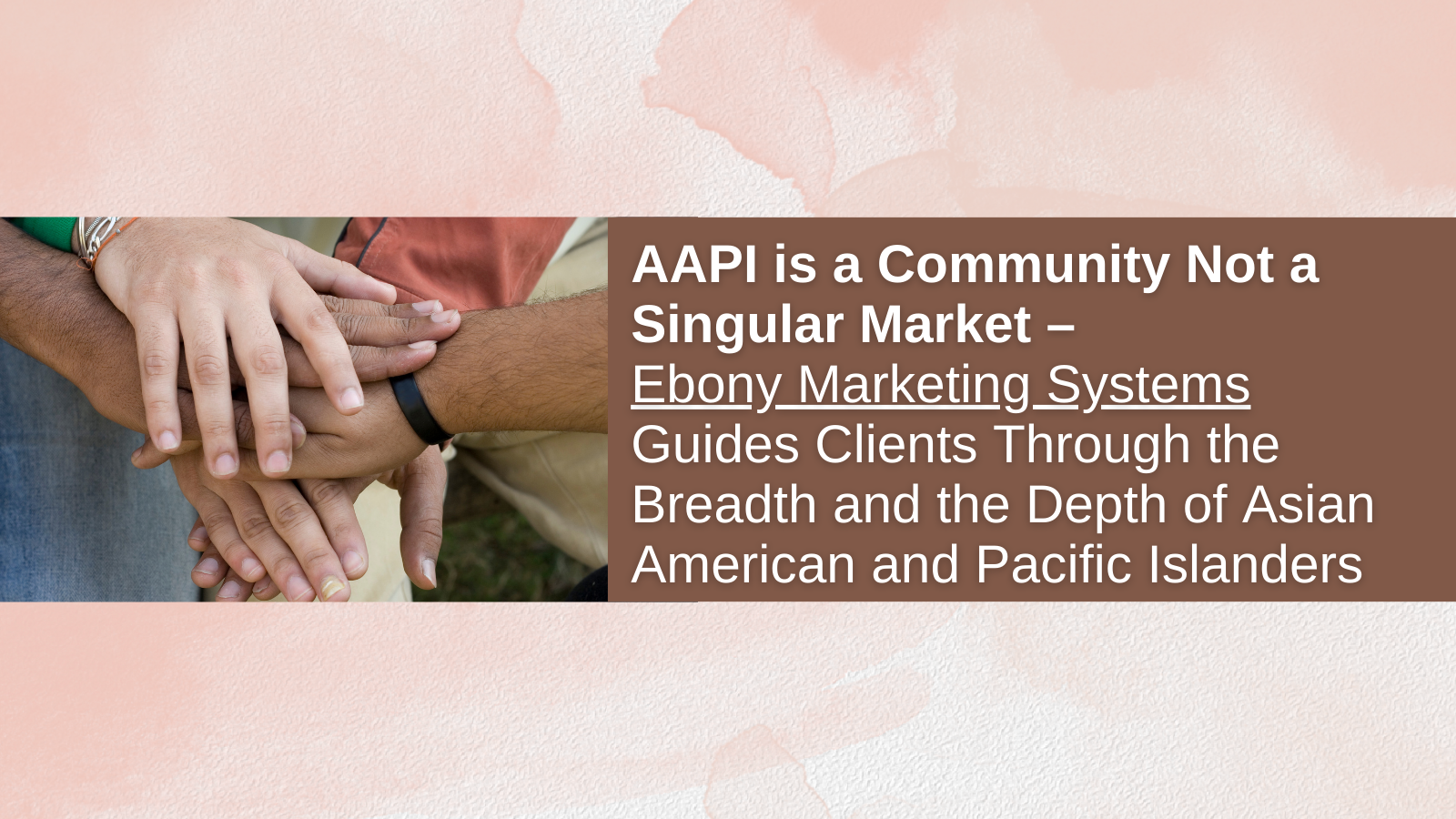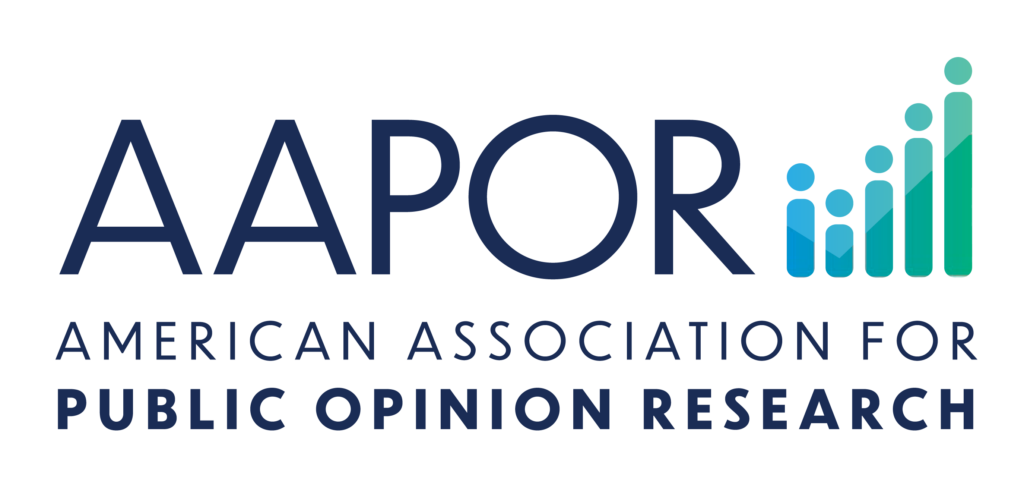Are you drowning in data but still thirsty for insight? While human beings have been analyzing data for millennia, the amount and type of data available—and the number and sophistication of electronic tools for analysis—have increased dramatically over the last twenty years or so. Analysis tools, however sophisticated, still require astute human management and a nuanced approach for optimal outcomes. Among the challenges is separating the signal from the noise, i.e., culling the meaningful information you seek from insignificant variations and clutter.
The Groundwork for Effective Data Analysis
The path to a rich analysis starts well before data collection, and it requires an approach that may seem to contain contradictions. On the one hand, it’s important to define business goals for the analysis; identify specific questions to answer. On the other hand, a holistic consideration of the data should also be part of the analysis, as it can provide unexpected but helpful insights. Being clear that you are open to what the data shows, good and bad, will enable the analysis team to present accurate findings, rather than massaging results to present what they think you want to hear.
A Multi-Faceted Lens on Human Behavior
Considering context is critical when analyzing data relevant to human behavior. No dataset exists in a vacuum, and it may be necessary to analyze several datasets to produce the insights you need. In addition, there may be outside factors that affect the data, from political events to weather conditions. In one of the more novel uses of an unconventional dataset, FEMA developed the Waffle House Index, an informal measure of a storm’s effect on a community. Waffle House has a rapid, well-organized response to storms, with three levels of operation: green (full menu and power, little or no damage), yellow (limited menu, food, or power); and red (closed due to severe damage). Including a less-than-obvious dataset in your analysis may lead to insights your competitors will miss.
You may also want to complement your data analysis with other methodologies that enhance understanding of the human element that is so critical in marketing. Ethnographic methods, rooted in cultural anthropology, call for observing and interviewing participants in their own cultural communities, rather than bringing them to a research site. Online panels, focus groups, and in-depth interviews can also enrich the analysis.
Data Analysis Over Time
Analyzing datasets over time and at regular intervals will help separate the signal from the noise as patterns emerge—What are normal fluctuations, and what are causes for concern? And reviewing data in a different mode can make all the difference: A pattern that is not immediately apparent on a spreadsheet may be striking when the same data is viewed in a graph.
And over time, it may be necessary to adjust your datasets and questions as circumstances change. For example, data collected from in-person trade shows evaporated in 2020 because of the COVID pandemic.
At Ebony Marketing Systems, we are experts at designing and conducting multicultural research—and turning that research into actionable ideas. We develop a unique strategy that best suits your organization, while meeting the needs of the communities you serve and those you want to serve. For more information, call us at (718)742-0006 or send us a message today.









